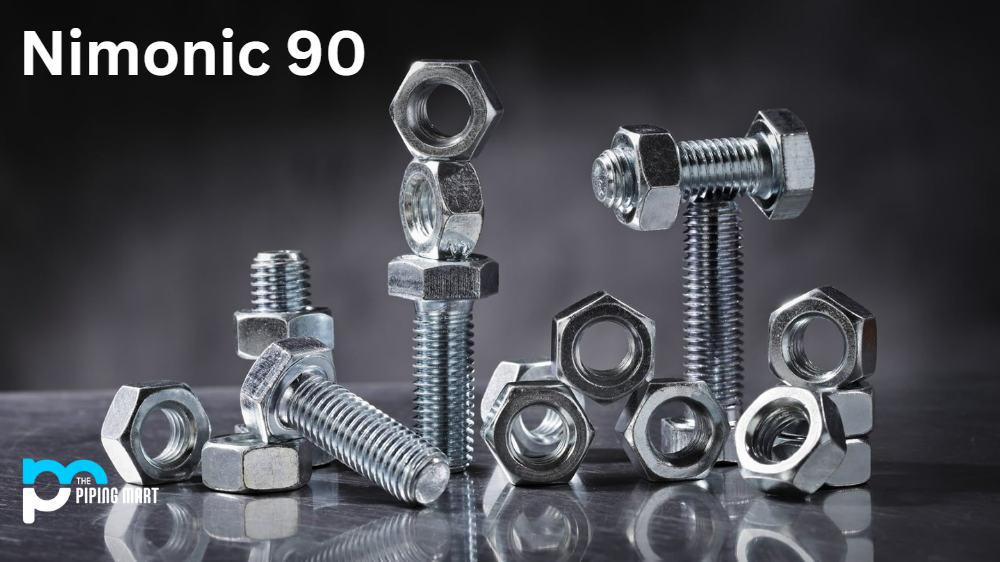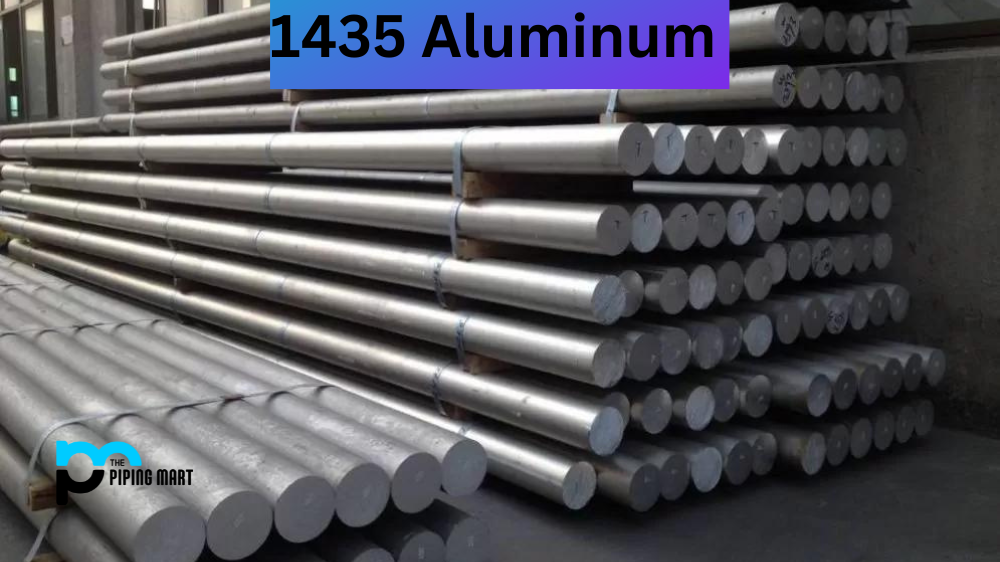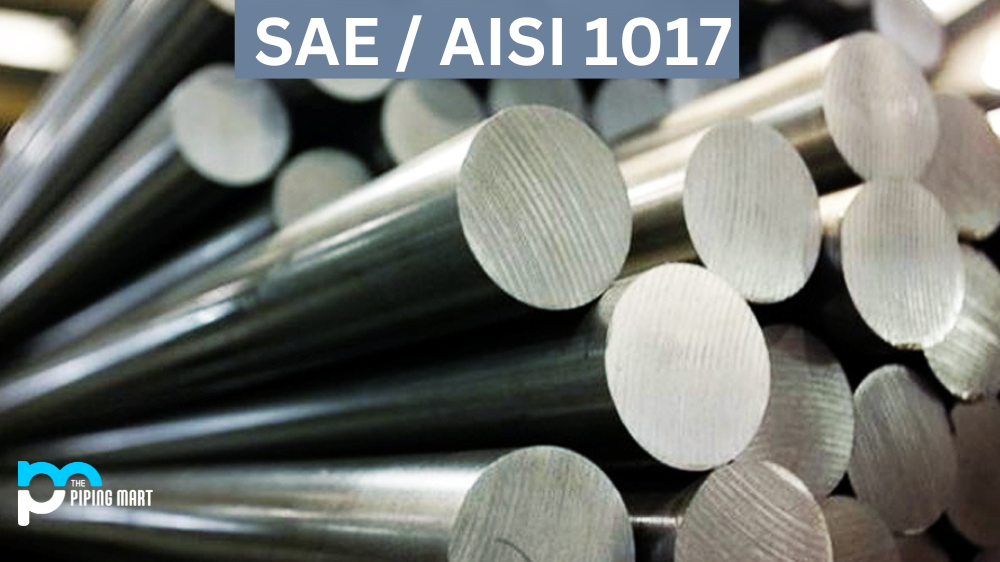When it comes to high-performance alloys, nimonic 90 is one of the popular materials that is widely used in various industries. This superalloy is renowned for its outstanding high-temperature capabilities and excellent corrosion resistance. Nimonic 90 is made from nickel, chromium, cobalt, and small amounts of other elements, making it a unique and adaptable metal. This blog post will look in-depth into nimonic 90, its composition, mechanical and physical properties, uses, corrosion resistance, heat treatment, machining, and welding.
What is Nimonic 90?
Nimonic 90 is an age-hardenable nickel-chromium superalloy with high strength and good corrosion resistance. It is mainly used as a weld filler material for components exposed to elevated temperatures and corrosive environments, such as turbine blades in aircraft engines or nuclear reactors. Its physical properties permit it to handle highly demanding conditions, including increased thermal stability and oxidation resistance at high temperatures.
Nimonic 90 Composition
Nimonic 90 alloy contains 50% nickel, 18% chromium, 2.5% titanium, 0.6% aluminium, and 0.04% carbon. It also contains small amounts of iron, cobalt, manganese, and silicon. These elements contribute to the alloy’s unique mechanical properties, making it ideal for high-temperature and corrosive environments.
| Element | Content (%) |
|---|---|
| Iron, Fe | 58.5 |
| Chromium, Cr | 19.5 |
| Cobalt, Co | 18 |
| Titanium, Ti | 2.5 |
| Aluminum, Al | 1.5 |
Nimonic 90 Mechanical Properties
One of the primary reasons why nimonic 90 is widely used is its outstanding mechanical properties. It has a high tensile strength of up to 950 MPa and can withstand temperatures up to 650°C. Nimonic 90 also has excellent fatigue resistance, making it ideal for gas turbines and jet engines.
Nimonic 90 Physical Properties
Aside from its mechanical properties, nimonic 90 also has exceptional physical properties. It has a density of 8.18 g/cm³ and a melting point of 1365°C. Nimonic 90 is non-magnetic and has excellent thermal conductivity and thermal expansion properties.
| Properties | Metric | Imperial |
|---|---|---|
| Density | 8.18 g/cm³ | 0.296 lb/in³ |
| Melting point | 1344°C | 2450°F |
Nimonic 90 Thermal Properties
| Properties | Metric | Imperial |
|---|---|---|
| Thermal expansion co-efficient (@ 20-100°C/68-212°F) | 12.7 µm/m°C | 7.1 µin/in°F |
| Thermal conductivity (@ 20°C/68°F) | 11.47 W/mK | 80.46 BTU in/hr.ft².°F |
Nimonic 90 Equivalents
- AMS 5829
- DIN 2.4632
- DIN 2.4969
Nimonic 90 Uses
Nimonic 90’s unique properties make it ideal for various applications such as gas turbines, jet engines, furnace components, nuclear power systems, and heat treatment equipment. The alloy’s high-temperature strength and excellent fatigue resistance make it ideal for high-performance engines and turbines.
Nimonic 90 Corrosion Resistance
Nimonic 90 is known for its excellent resistance to corrosion, including oxidation and sulfidation in high-temperature environments. Its resistance to corrosion makes it ideal for applications in severe environments such as chemical plants and marine engineering.
Nimonic 90 Heat Treatment
Nimonic 90 can be heat treated to enhance its mechanical and physical properties. The heat treatment process involves two stages: heating the alloy to about 1093°C, followed by oil quenching, and a lower heat treatment temperature of about 760°C.
Nimonic 90 Machining
Nimonic 90 can be easily machined using conventional machining techniques, but it can be challenging to maintain close tolerances because of its high strength and hardness. Carbide or ceramic cutting tools are recommended for machining this alloy.
Nimonic 90 Welding:
Welding of nimonic 90 can be challenging due to its tendency to crack, mainly when welding is done at high temperatures. The preferred welding method for nimonic 90 is the inertia welding process or TIG welding.
Conclusion:
In conclusion, nimonic 90 is a unique and versatile alloy that has revolutionized various industries. It’s outstanding mechanical, physical, and corrosion properties make it the go-to material for high-intensity applications. Furthermore, with its ability to withstand high temperatures and corrosive environments, nimonic 90 is a durable and reliable material that will continue to be widely used.

Abhishek is a seasoned blogger and industry expert, sharing his insights and knowledge on various topics. With his research, Abhishek offers valuable insights and tips for professionals and enthusiasts. Follow him for expert advice on the latest trends and developments in the metal industry.




